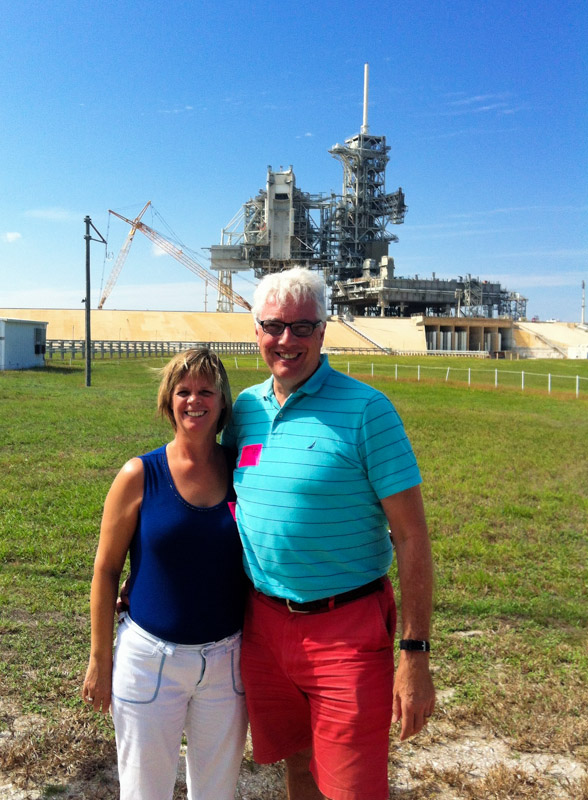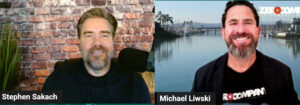We were recently in Florida for the American Trucking Association annual conference in Orlando, Florida. After working much of the weekend at the conference, Karalee and I took a day off to explore NASA’s Cape Kennedy. We are both science geeks—after all I asked Karalee out after a Chem 120 lab in our first year at the University of British Columbia.
It was 31 years ago that I last visited Cape Kennedy. Karalee had never visited. We started with the Kennedy Center, exploring all of the exhibits and seeing Jerry Ross, the astronaut with the most shuttle missions ever, give a live presentation of his experiences. We then watched the Exploration Space presentation, where a rocket countdown morphs from a group of adults at the consoles giving the check offs to a series of children.
While I watched, tears came to my eyes. I was twelve years old in 1969 when Neil Armstrong and Buzz Aldrin first walked on the moon. By then I was already a science geek and at that impressionable age I was keen to learn and watch the space program. Seeing the count down brought back deeply buried emotions involving the excitement of the time and my interest in science.
I cried again at the Saturn V exhibit, where they did another countdown in a fully recreated mission control room of an Apollo launch. It reminded me of how the Apollo missions led to my learning octal arithmetic in Grade 8. This was a pivotal moment in my life when I realized that our arithmetic system was based on placeholders and that we count to ten because we happen to have ten digits on our hands and feet. In my computer career, I’ve often used octal (base-8) or hex (base-16) and binary 0’s and 1’s (base-2).
In the same grade, I was taken on a tour of the government buildings of my hometown Edmonton, Alberta. Edmonton is the provincial capital and I got to see large mainframe computers for the first time. I can still visualize the first moment when I saw tape drives spinning on those long ago systems.
Being at Cape Kennedy and experiencing once again the emotional connection to the space program, reminded me that it formed the base that created the vision for my career. That experience, early science teachers, and a field trip gave me the vision to combine computers and business to solve real-world problems when I was fourteen years old. I have pursued that vision ever since.
Fast-forward more than 35 years and it is easy for me to get lost in the hurly burly of everyday activities. My emotional connection to the Cape Kennedy reminded me that my higher purpose in life is to take complex technologies and make them useful to people and organizations. While my part is but a tiny one compared to the people and impact of human kind’s space programs, our Cape Kennedy visit reminded me of the difference that I have and can continue to make.



